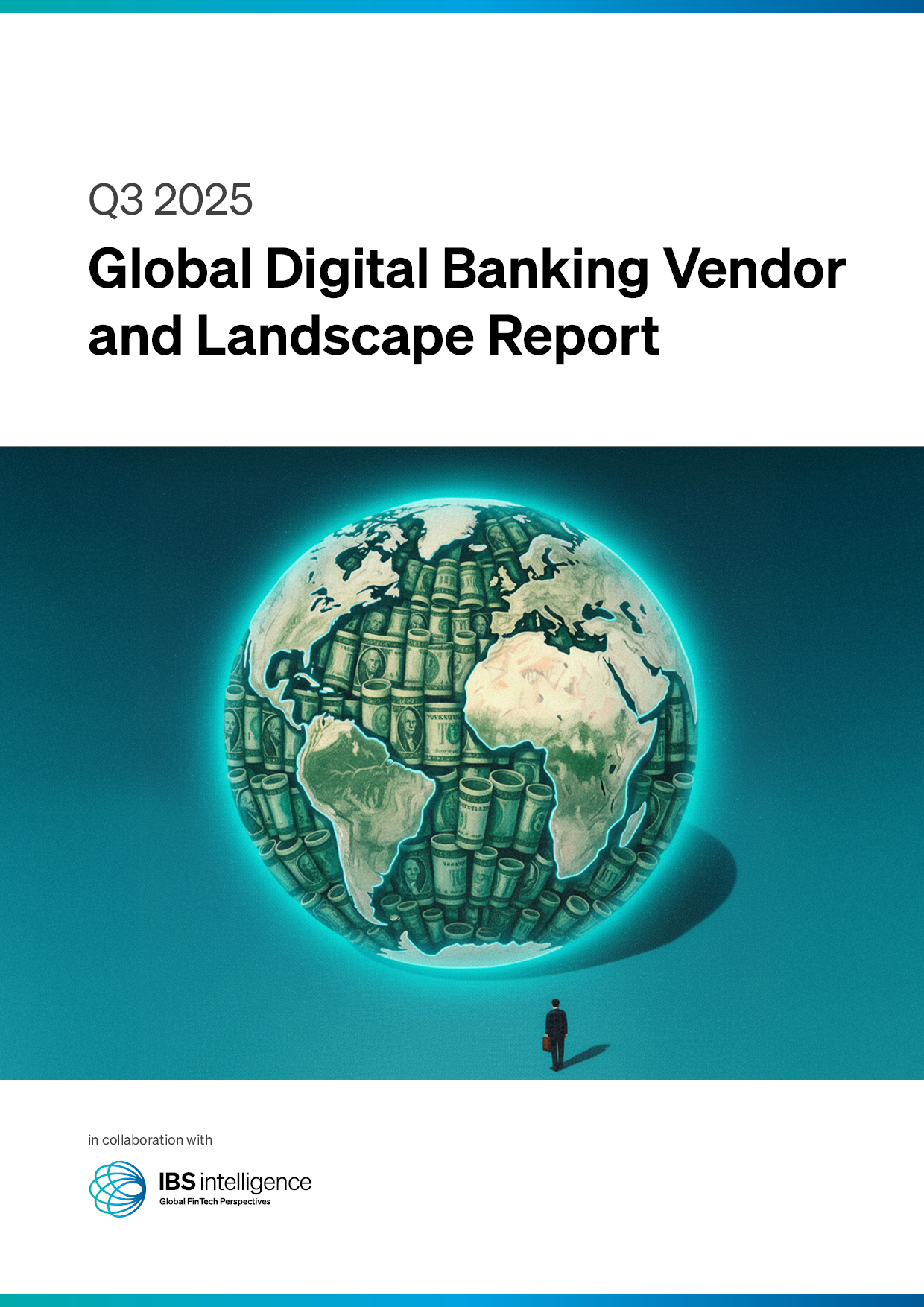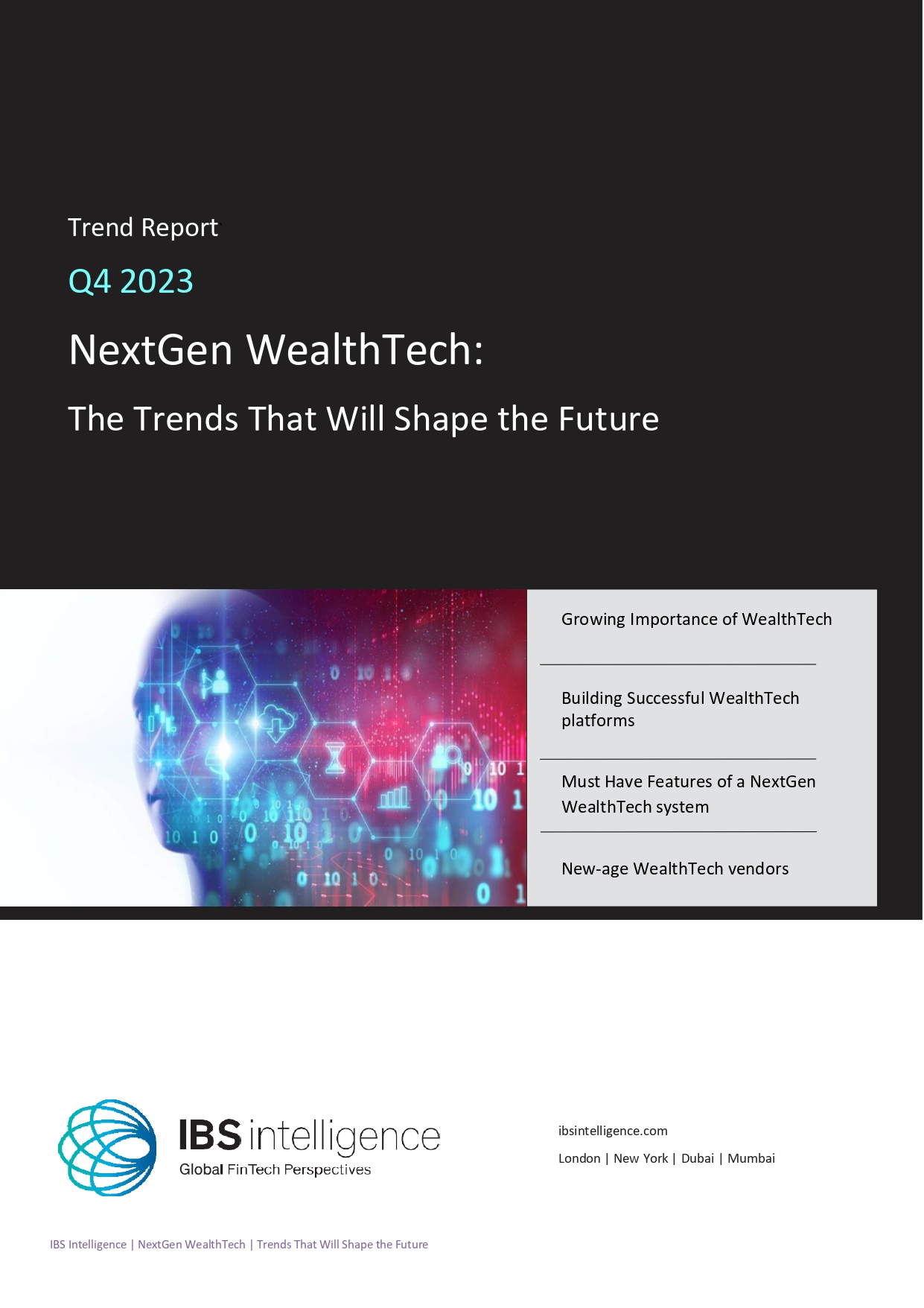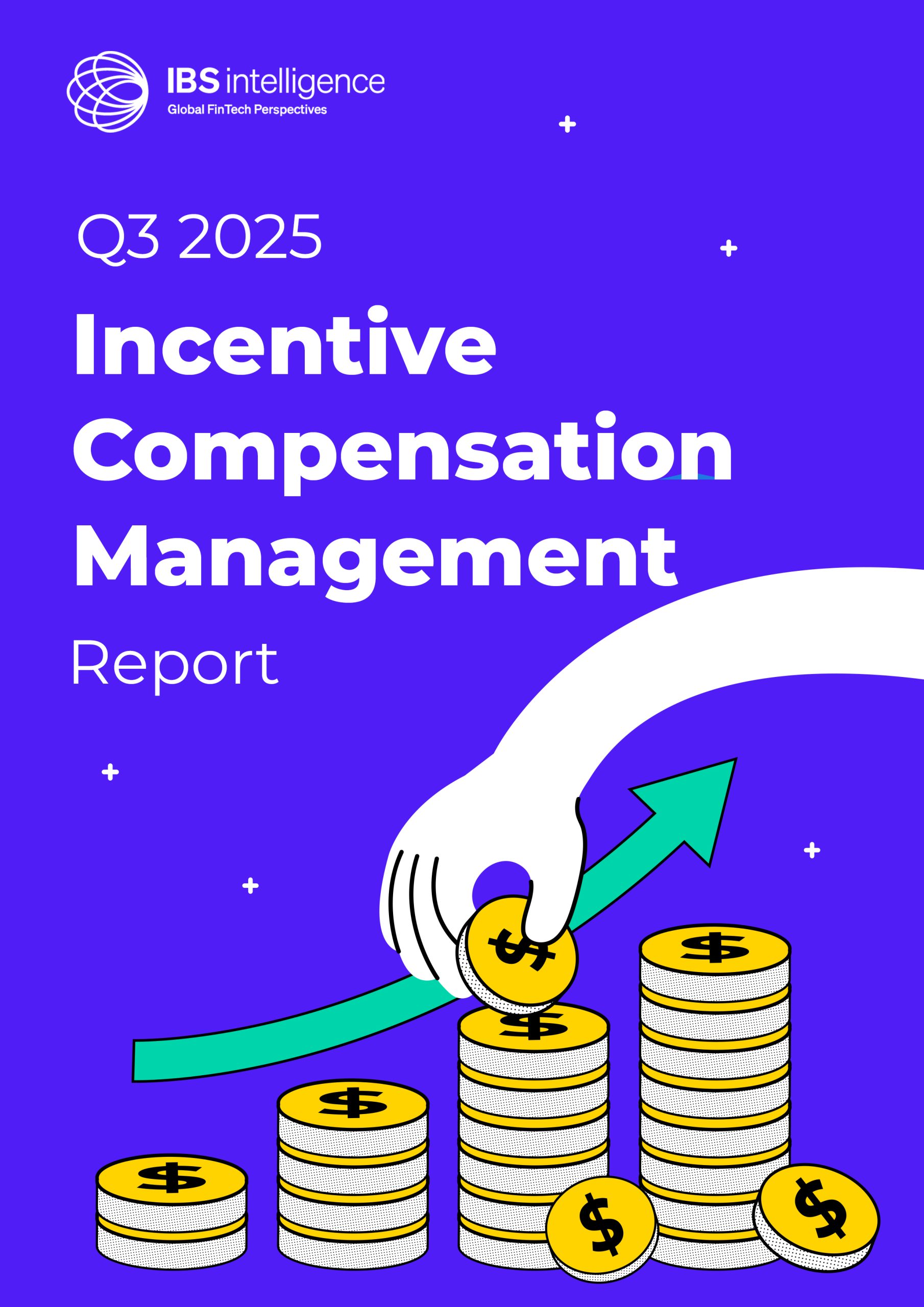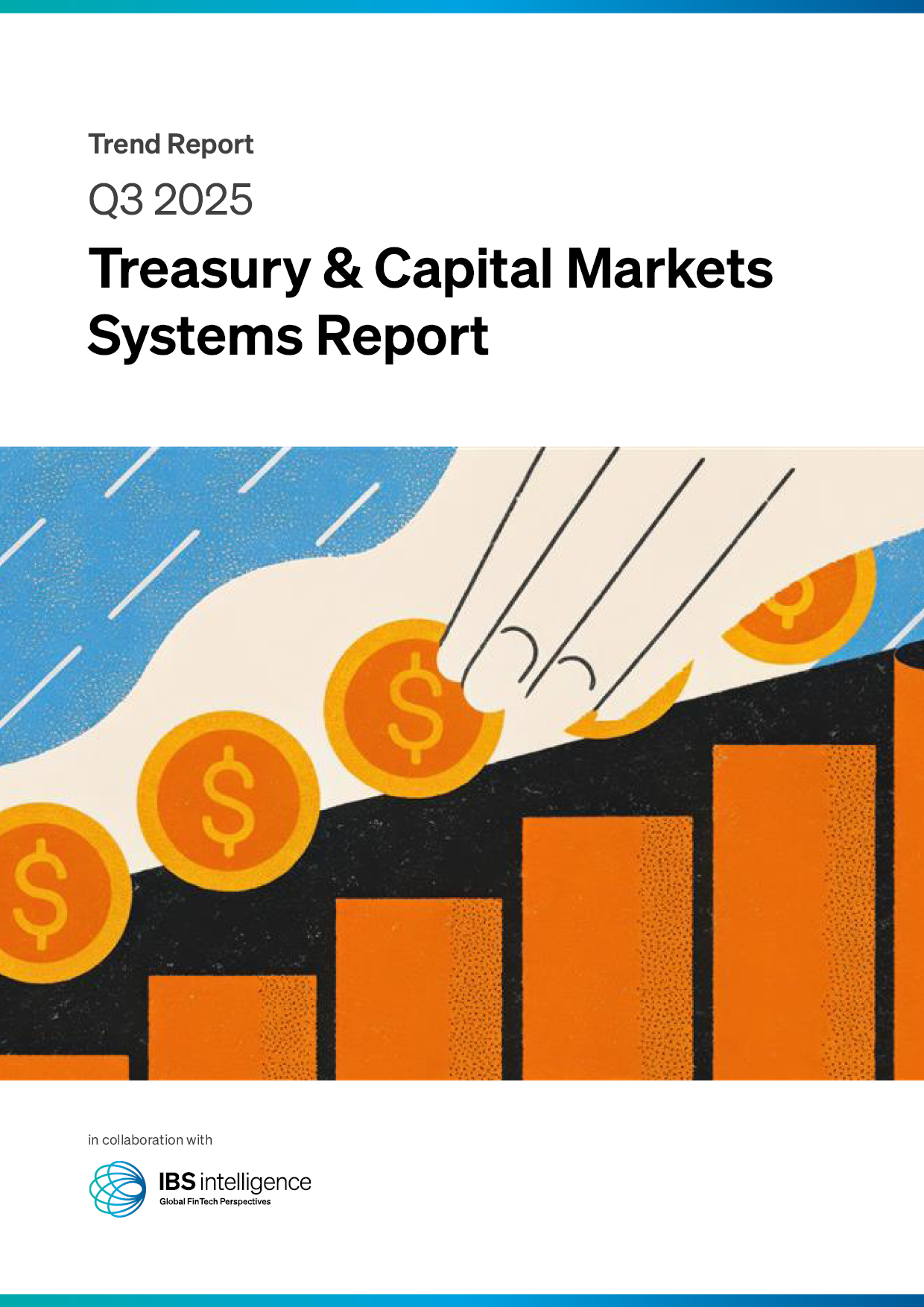 Back
Back
Why financial institutions need to tackle data governance to unlock AI at scale

By Philip Dutton, CEO, Solidatus
A new phase of AI transformation is emerging in financial services. The recent moves by enterprise tech giants such as Salesforce’s acquisition of Informatica and ServiceNow’s purchase of data.world are signalling a shift in priorities. AI adoption is no longer about experimental features or isolated pilots. Instead, the focus has turned decisively toward data infrastructure.
The financial sector, more than most, is confronting a hard truth: AI can only succeed if the data that powers it is structured, trusted, and governed. As banks and insurers look to embed AI into core functions like customer onboarding, fraud detection, risk modelling and regulatory compliance, they face increasing friction. The problem is not just the tech itself. It’s the readiness of the underlying data landscape.
Simply put, AI systems, especially large language models (LLMs), struggle to deliver value when the data they interact with is siloed, badly classified, or lacking meaningful context.
The barrier to AI in financial services
Unlike consumer applications, AI in finance needs to contend with deeply complex, regulated, and interdependent environments. Legacy infrastructure still underpins much of the sector, and data often spans decades-old mainframes, modern data lakes, and multiple cloud platforms.
LLMs are powerful tools, but they falter when asked to navigate this environment. They stall when querying deeply nested schemas, misinterpret business terms if metadata is incomplete, or produce inconsistent results without visibility into data provenance. For financial institutions, these aren’t just minor concerns, they’re operational risks with major regulatory implications.
In many cases, even where AI-generated insights are valuable, institutions remain unable to act on them. Writing data back into systems of record is virtually impossible without absolute clarity on where that data came from, how it’s been processed, and whether it meets compliance requirements. In regulated domains, traceability isn’t optional, it’s absolutely foundational.
From AI pilots to data-driven transformation
Financial firms are rethinking how they build the scaffolding for enterprise AI.
The most advanced are investing in robust metadata management capabilities, ensuring that every data point is classified, contextualized, and linked to a responsible owner. Others are scaling data lineage, allowing AI outputs to be auditable from source to system. This is especially critical for use cases such as automated reporting, model explainability, and supervisory submissions.
Real-time data quality checks are also being embedded directly into data pipelines, helping flag inconsistencies before they can contaminate downstream AI models. And semantic layers. designed to provide models with consistent, machine-readable business definitions, are gaining traction as a way to close the gap between structured data and LLM reasoning.
These efforts share a common goal which is to ensure that AI doesn’t operate in a vacuum, but within a clearly defined and accountable data ecosystem.
Connected governance
At the heart of this shift is a growing recognition that governance must evolve.
Traditional, manual data governance practices can no longer keep pace with the speed and scale of AI development. What’s required now is connected governance – essentially, a dynamic approach that ties together metadata, lineage, access policies, and controls across the entire enterprise.
In practical terms, this means institutions must be able to map how data flows across systems and processes, identify who touches it and when, track how it transforms, and assess the impact of proposed changes before they occur. This not only helps satisfy regulatory demands but enables faster, safer innovation.
For example, when a wealth management firm wants to deploy AI to personalise client interactions, it must be confident not just in the model’s logic, but in the integrity of every dataset feeding it. That assurance comes only through connected, real-time visibility into data flows and dependencies.
Importantly, governance in this context is not about slowing progress. It is actually the opposite. Governance in this context is what allows AI to scale responsibly. Institutions that embed automated, intelligent governance from the outset will be the ones better positioned to move quickly, meet compliance standards, and generate long-term value from their AI investments.
Tipping point
The financial services sector is at a tipping point. The ambition to become AI-driven is no longer in question. What matters now is execution, and that depends on the quality, traceability, and trustworthiness of enterprise data. This is because you can’t fix what you can’t see; you can’t govern what you don’t understand; and you certainly can’t trust what you can’t trace.
As financial institutions embrace the promise of AI, the ones that succeed will not be those with the most ambitious pilots, but those with the most solid foundations. In this race, governance is not a formality, it is the strategy.
IBSi News
Get the IBSi FinTech Journal India Edition
- Insightful Financial Technology News Analysis
- Leadership Interviews from the Indian FinTech Ecosystem
- Expert Perspectives from the Executive Team
- Snapshots of Industry Deals, Events & Insights
- An India FinTech Case Study
- Monthly issues of the iconic global IBSi FinTech Journal
- Attend a webinar hosted by the magazine once during your subscription period
₹200 ₹99*/month
* Discounted Offer for a Limited Period on a 12-month Subscription
IBSi FinTech Journal

- Most trusted FinTech journal since 1991
- Digital monthly issue
- 60+ pages of research, analysis, interviews, opinions, and rankings
- Global coverage
Other Related Blogs
November 28, 2025






